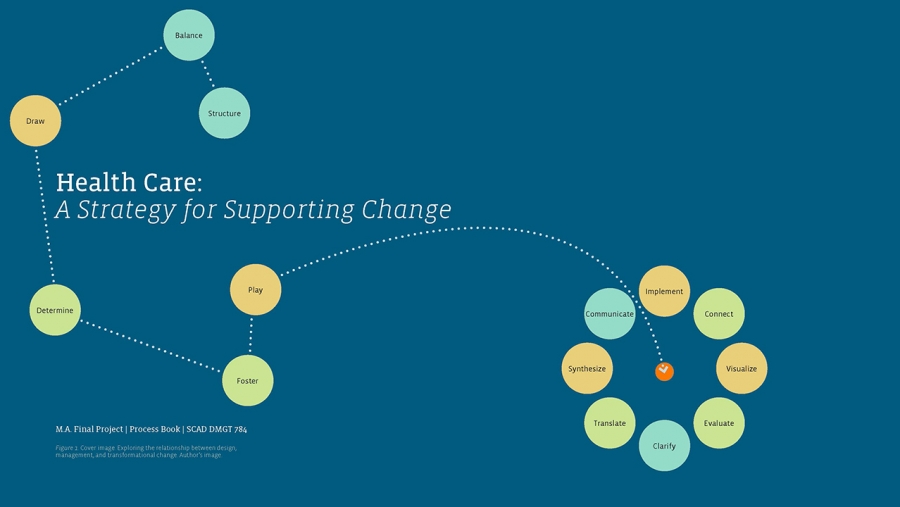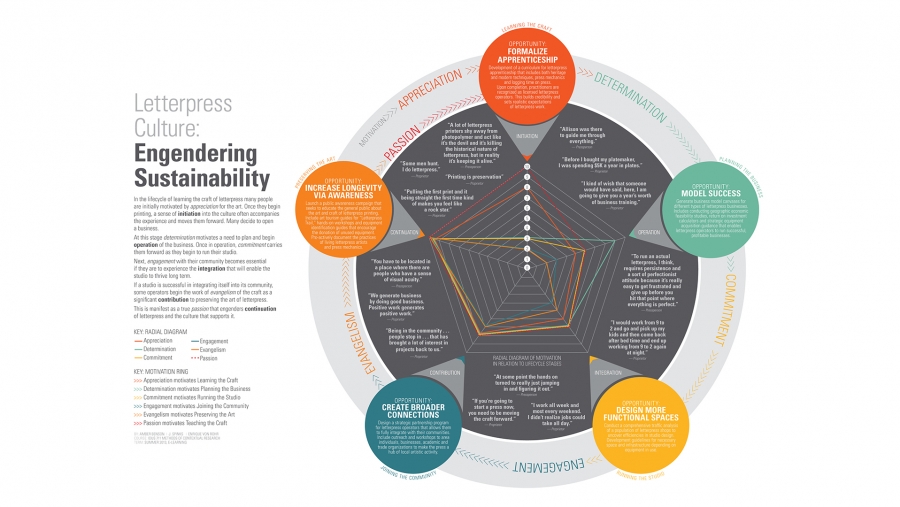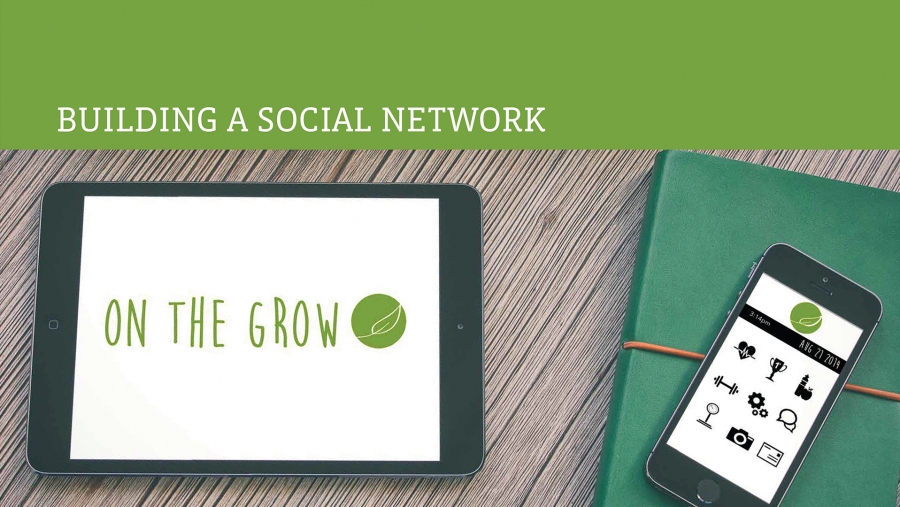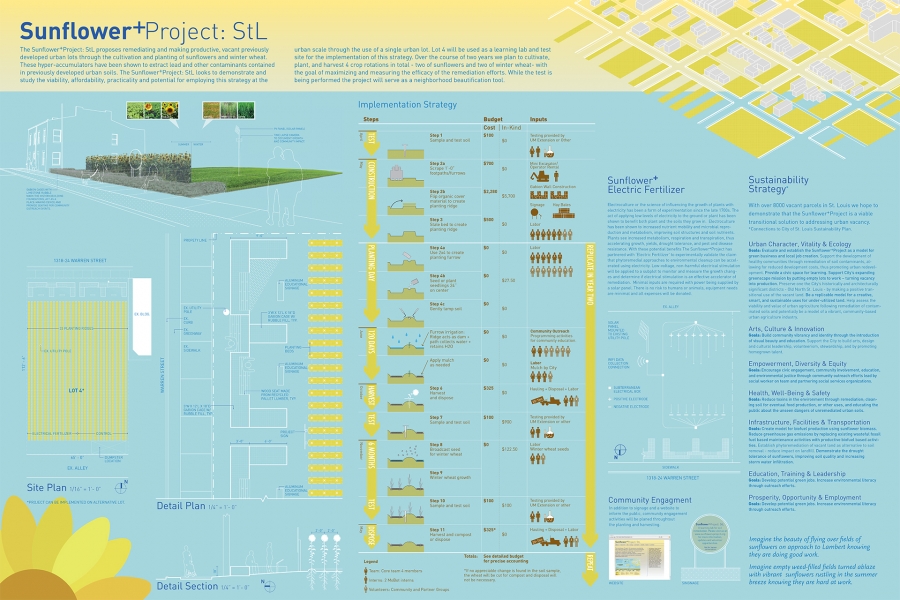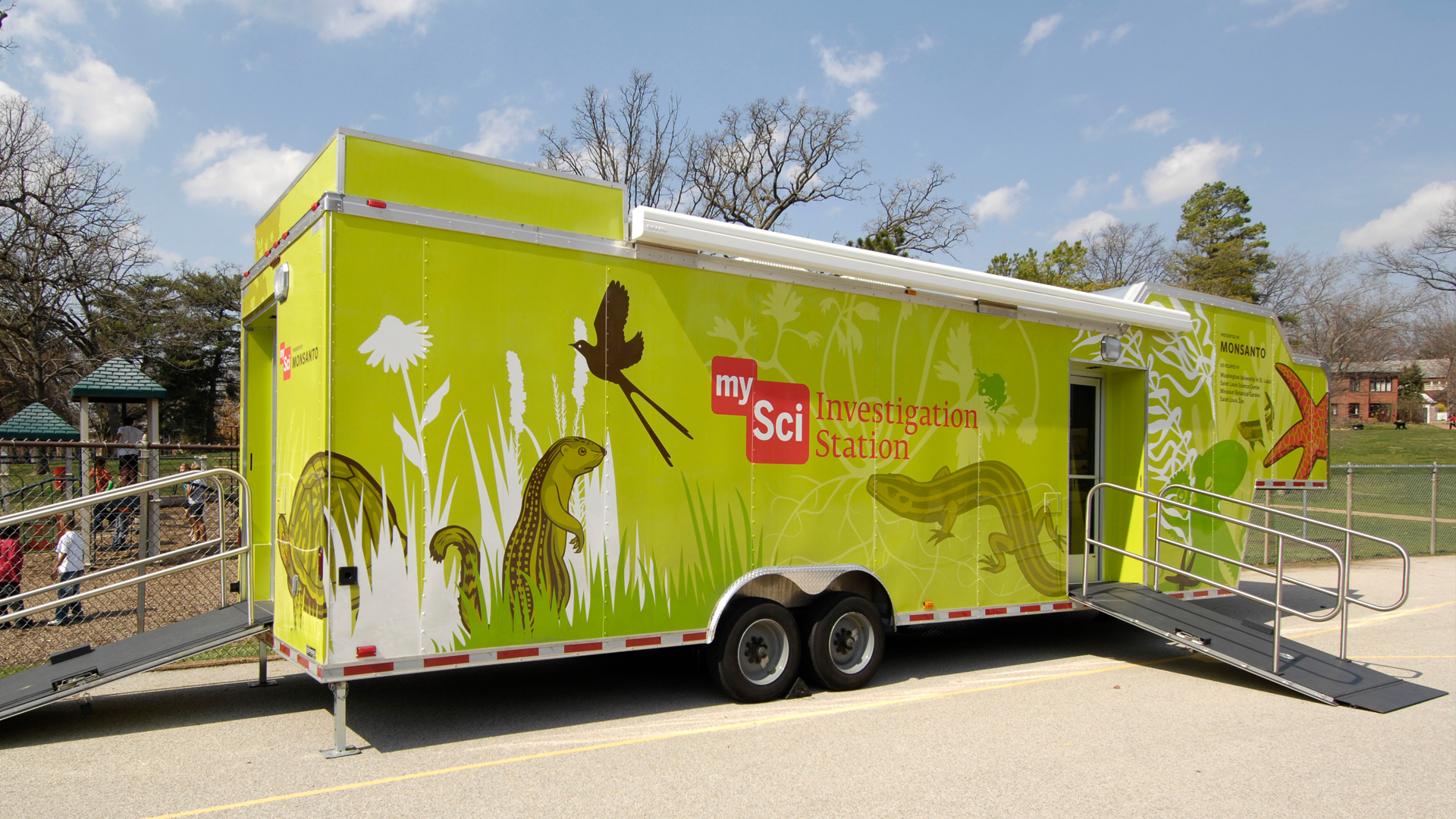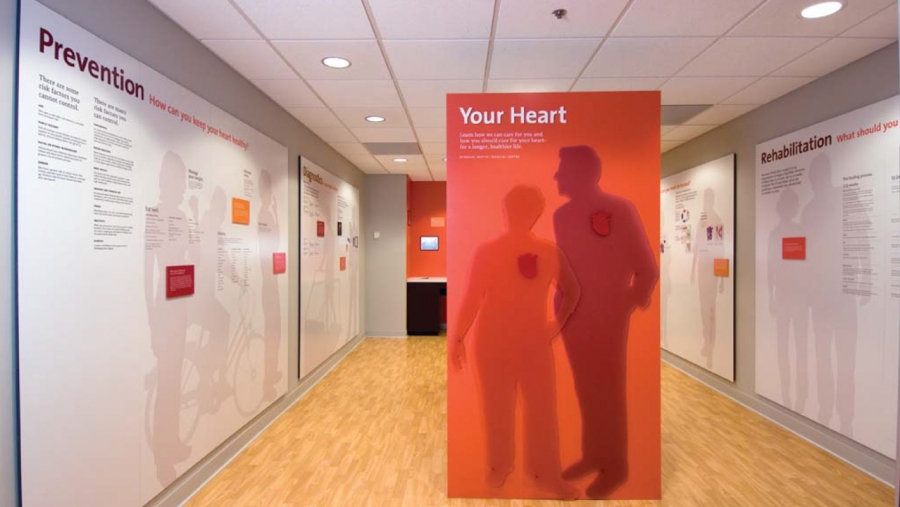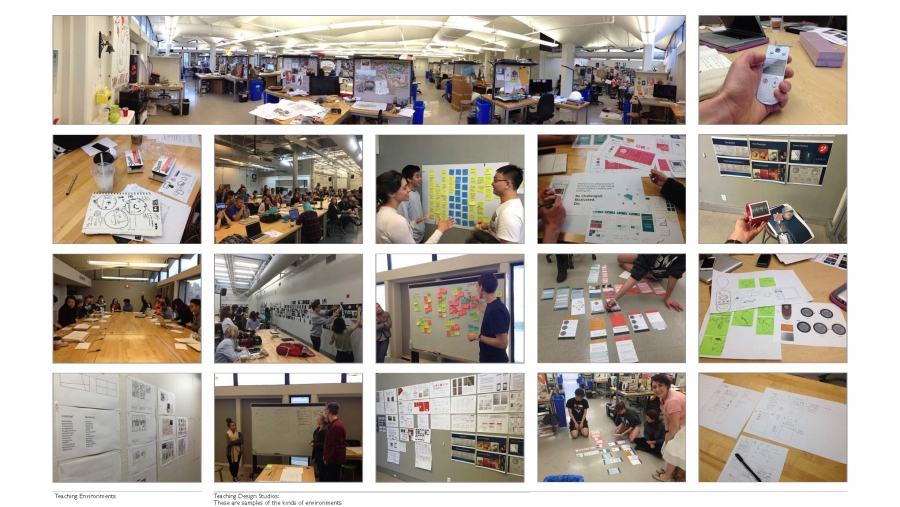To view a PDF portfolio select this link or view selections below.
My work includes client driven design practice, teaching, and research. I have worked with small not-for-profits to Fortune 500 clients on identity and brand development, environmental graphic design, print design, interaction and many other projects. Teaching has included design fundamentals, typography, interaction design, motion design, service design and senior thesis projects. Research projects have explored methods at the intersection of design and business to investigate market application for innovative strategies and products.
Health Care: A Strategy for Supporting Change
Health Care: A Strategy for Supporting Change was a project that led to the development of MergeCare, an approach for facilitating the adoption and integration of human-centered design methods with existing six sigma process improvement tools in order to support change activity during new initiatives. Ethnographic research, focused interviews, prototype development, and testing were conducted over a ten-week period. Interview participants included managers and designers within two health care companies that provided insights into the culture of the organizations, how they manage change and innovation, and what they believe might support future initiatives. Common strengths were identified in both target audiences, such as people’s ability to translate, communicate, iterate, and synthesize while managing projects. The organizations also have a strong culture of inquiry and participants demonstrated the desire to adopt new methods that would improve their work and support clients. The project identified that the heterogeneous systems and human factors within health care contribute to a need for integrating new approaches and methods into existing processes. While the project focused on health care, the MergeCare approach can be used to address many complex systems in which change is needed and teams need to innovate around products and services. Link to pdf of project book.
Contextual Research of Letterpress Culture
This project with colleagues Amber Benson and Jason Spinks demonstrates how deep ethnographic observations and contextual inquiry of letterpress practices and cultures can shed light on new opportunities. We each selected a letterpress in our respective city and began with fly-on-the wall observations. We developed interview questionnaires and spent many hours embedded in the process of letterpress culture, sometimes taking up the actual making of printed work or even attending workshops and events. This contextual research was a deep dive into the power of being present and deeply observing, listening and capturing every detail of the project. Our work resulted in an opportunity map titled “Letterpress Culture: Engendering Sustainability,” which describes the life cycle of learning the craft of letterpress and what motivates individuals to continue on a path to passion. We identified key steps, from initiation in to the culture, operation of the business, integration into the community, then contributing to profession and finally continuation of the culture to passion and sharing of the practice. Each step was supported by key insights from our interviews. Through the analysis of letterpresses in three cities we were able to identify similarities across all that resulted in a unified understanding of the culture. The map is a path for those exploring the practice but also a visualization for further opportunities to advance or engage with the practice of letterpress printing.
Building a Social Network: On the Grow
Social media has become a communication method of choice. It has taken over daily culture in ways many never would have expected. Social media is a way of life and an area of communication that is growing fast, providing options to connect with friends, family, professionals and everything in-between. This project sought to develop a platform that focused on nutrition and the encouragement of an active lifestyle. A competitive analysis demonstrated market space for nutritional products combined with professional coach like advice. Our target markets were individuals wanting to live a healthier life but not having the time or know how to maintain their efforts while traveling, working or enjoying a night on the town. Health seekers in this community would be able to share ideas, ask for help from healthcare professionals, in addition to discovering new exercise routines, healthy recipes, restaurants and products. Team Members: Enrique Von Rohr, Cat Foulks and Lester Bailey
Sunflower+Project: StL
The Sunflower+Project: StL proposed remediation of vacant urban lots through the cultivation and planting of sunflowers and winter wheat. These hyper-accumulators have been shown to extract lead and other contaminants contained in previously developed urban soils. The Sunflower+Project: StL looked to demonstrate and study the viability, affordability, practicality and potential for employing this strategy at the city scale. The above visuals were posters developed to explain the strategy over a two year period. The project was awarded funding to initiate the prototype. Additional project team members and the project overview can be seen at this link. The project was led by Don Koster and Richard Reilly and continues to operate.
MySci Investigation Station
The MySci Investigation Station, a 330 square-foot traveling exhibition, was designed for the Washington University Science Outreach program. The program creates opportunities for observation, comparison, and classification of three interactive Missouri zones. They are a woodland area with magnetic wall murals, a specimen room with flora and fauna curiosities to examine, and a sculpted Missouri cave for climbing, crawling, and exploring. The observation-based philosophy was informed by a range of sources and integrated activities ranging from illustration to interior design. The project was a collaboration by k-2 educators, science experts, design and illustration faculty, students, fellows, and contractors.
Cardiac and Vascular Education Room
The goal of this 280 square-foot permanent exhibition was to explain the functions of the heart on a basic level, translate complex medical knowledge into understandable information for patients and visitors, and engage them to inspire behavior change. Employing simplification, visual analogy, and interactivity the team of designers and illustrator made a wealth of information accessible to diverse audiences. The exhibition offered a rich learning experience, imparting critical information about the heart and inspiring visitors to take an active role in caring for themselves and their families. The project was designed for the Missouri Baptist Medical Center by the Visual Communications Research Studio (VCRS), a design research program offered by the Visual Communications area in the College & Graduate School of Art at Washington University in St. Louis. You can learn more about VCRS and the project in this process book. I was involved with various aspects of the project design, strategy, and management support.
Teaching from 2004 to Present
My teaching has included courses in foundation design and typography, introduction to interaction design, motion and interactivity, senior capstone projects and most recently service design. I have developed courses in partnership with other faculty and independently as well as advising and reviews for various program areas. As an educator and practitioner, I bring my experiences with clients into the classroom while engaging research to inform and guide learning experiences. Design is constantly changing with new technologies to improve how we learn and understand the world around us. The classroom is a safe place to test ideas, fail, reinvent, discover, innovate and bring those learning into practice.
